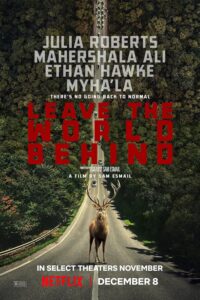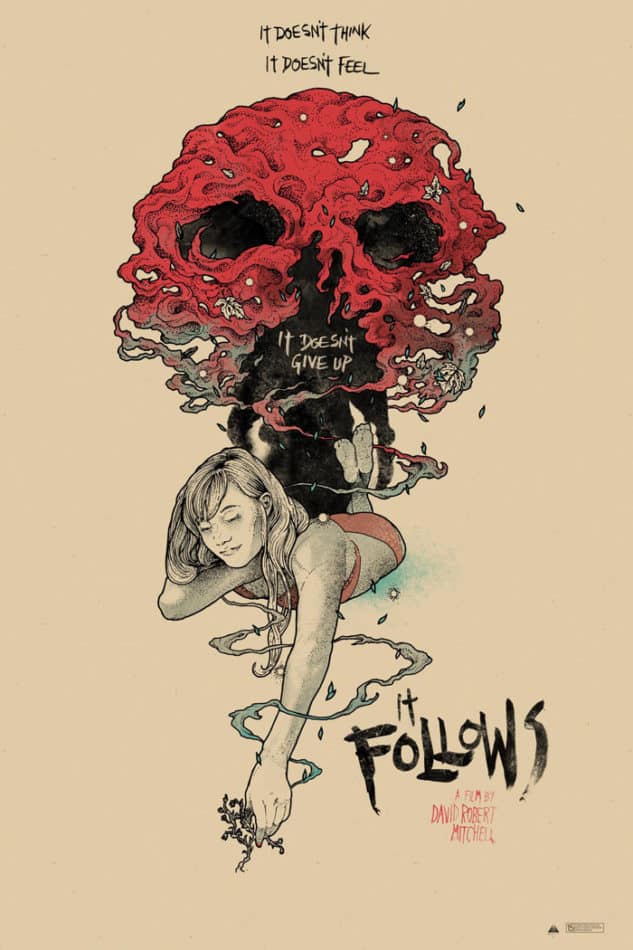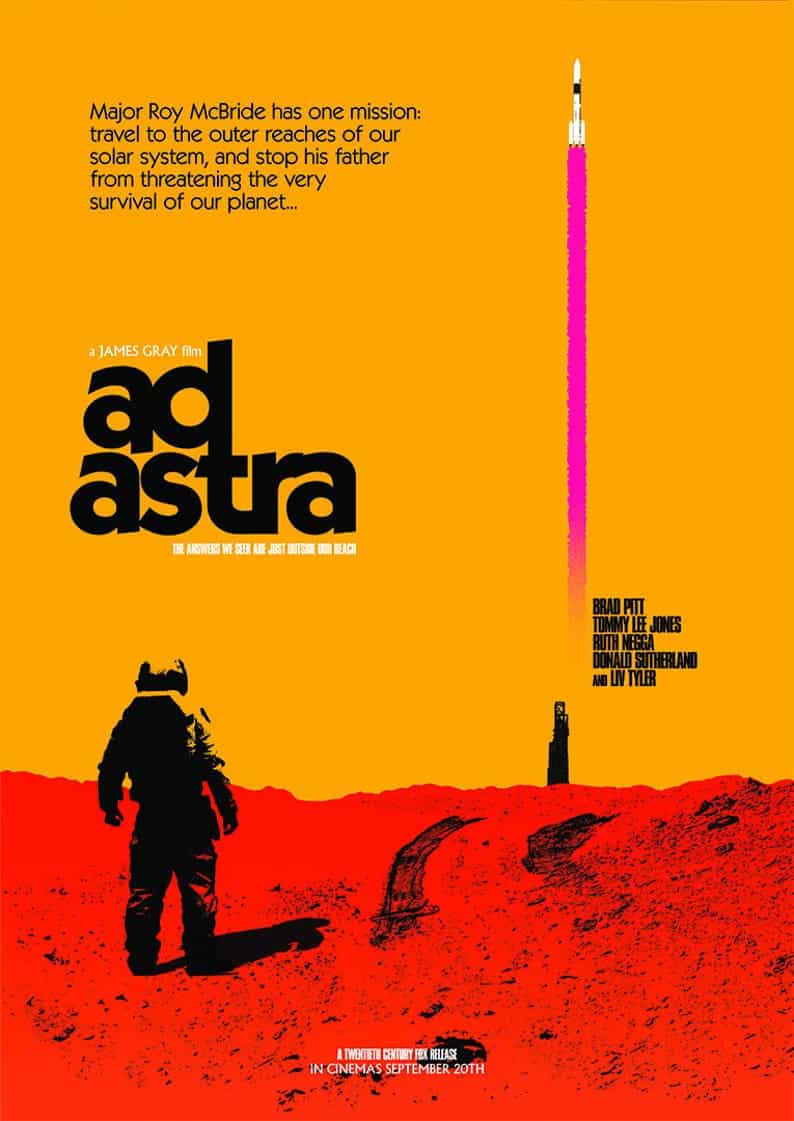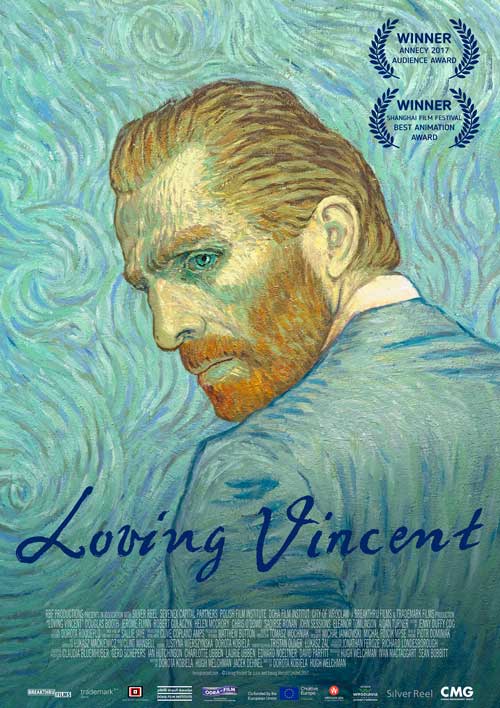
The Messiaen Modes. These Modes, particularly number 3, became the focal point of coverage about Mac Quayle’s score for Leave the World Behind, driving the sound of his score. The Wikipedia entry for these (“modes of limited transposition”) – which gives what I expect is a high-level and over-simplified view – is a relatively esoteric, impenetrable discussion. It reminds me of reading about concepts like spectralism/spectral music when preparing for my interview with Yair Elazar Glotman. There are ideas and concepts in music unknown, and largely unknowable, to those looking (and listening) from the outside. There’s nothing wrong with acknowledging ignorance here: I talked with a music theory professor about the difficulty of fully understanding the Messiaen Modes. But, how much does it matter? Do we need to know how the music is made?
These are, of course, rhetorical questions. Setting them aside, the main driving force of Quayle’s score is an isolated, lonely piano. It stumbles, zombie-like, aimless and unaware, its notes tumbling, sputtering, sprawling. Then it lurches, focused, grasping. There’s a moment of clarity, as if Quayle’s melody and notes-of-choice line up into something familiar, orthodox; we can see ourselves, humanity, in it. Then it disappears, once again stumbling, unrecognizable. However brief, that moment of our own self-recognition places us into the midst of the film’s pending apocalypse and the human drama unfurling within.
The piano, in particular, doesn’t embody a specific character but rather the entire air of unease and uncertainty facing all of the characters. Two families, stuck together in a house in the middle of nowhere, cut-off from the rest of society. The world around them seems to be falling apart, ruin imminent, but why? They dig into themselves, claw at each other, and Quayle’s score eggs them on. The piano’s intentional inconsistency and unpredictability introduces tension, unease in moments of otherwise quiet contemplation, driving the film’s characters into a frenzy at the unknown.
Creaks, groans, strings that are plucked, shrieking, and yawning fill the rest of the palette. At times these come in simply as gap fillers, silence undone by a few, simple plucks. At others, especially near the end of the score, Quayle enters a more horror-adjacent style, with those growing, portentous strings leading us to some great demise. These are relatively more conventional moments, which when stacked against the unusual piano work seem even more conventional. It’s only when they’re joined by that piano, in cues like “Spiral”, does the full strength of the score return.
Ultimately Quayle’s score is an unusual, effective effort, and I have to praise his unexpected, disconcerting use of the piano in particular. It’s perhaps pulled too thin – a ~2.5 hour film is a long runtime to rely on this kind of approach – and yet the music is strongest in these moments. Whether made with the Messiaen Modes, Quayle simply improvising on the piano to garner ideas, or otherwise, the how is less important than the what. And the what here is largely intriguing stuff.



